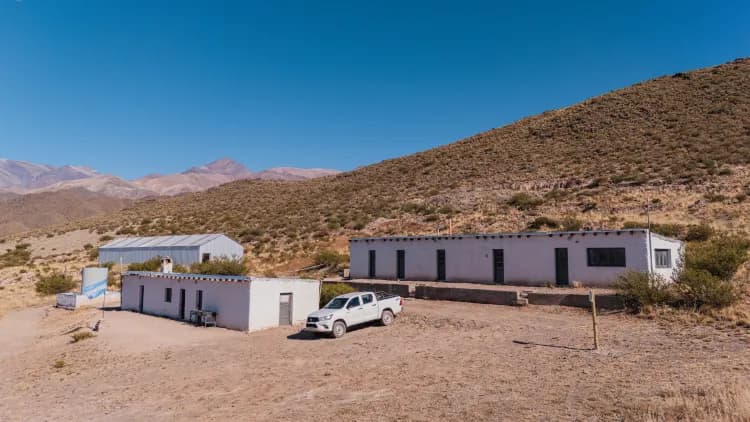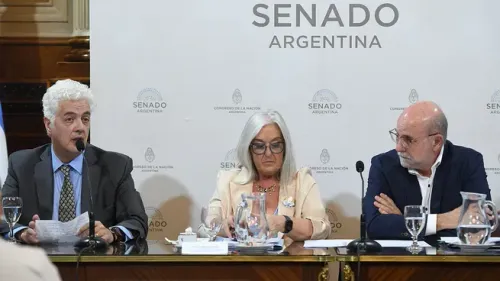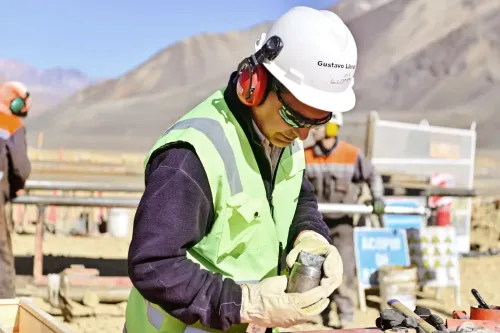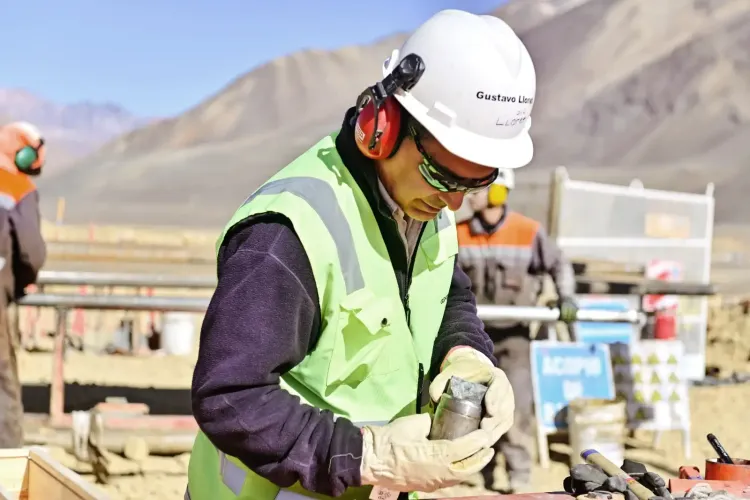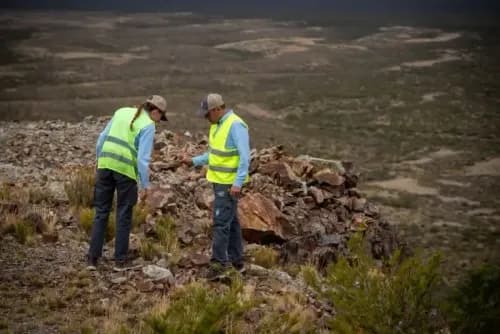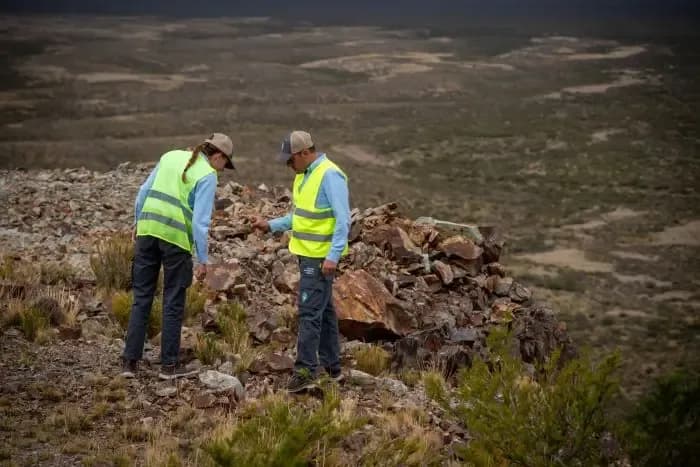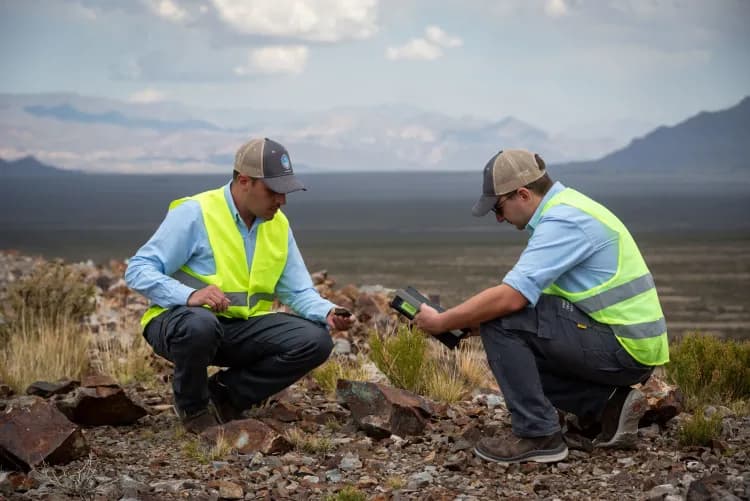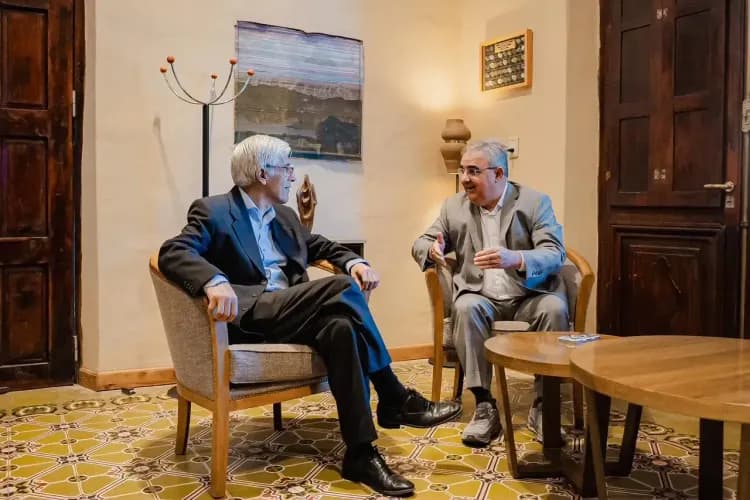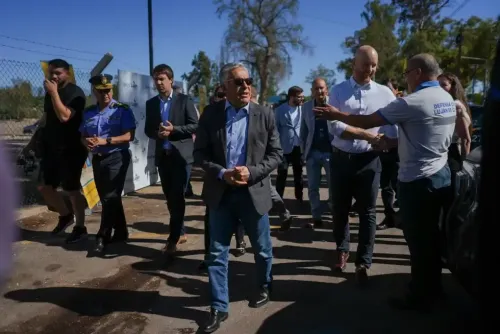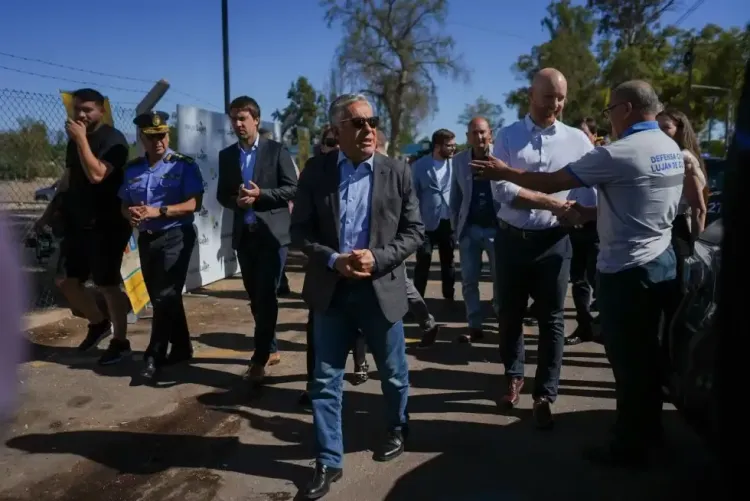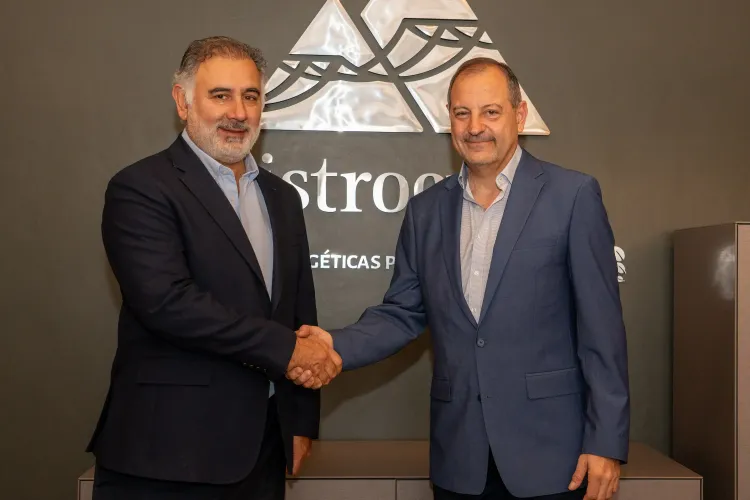The environmental impact report (EIA) adjustment for PSJ Cobre Mendocino, formerly known as San Jorge, has been presented. The project entails a US$559 million investment and could become the first mining project in Mendoza to be incorporated into Argentina’s Large Investment Incentive Program (RIGI).
Por Panorama Minero
PSJ Cobre Mendocino, previously San Jorge, has initiated the environmental evaluation process to obtain an Environmental Impact Declaration (DIA), a requirement for the construction of this copper project located in Uspallata, Las Heras, Mendoza.
The EIA adjustment follows a restructuring of the company leading the project. PSJ Cobre Mendocino is now backed by Zonda Metals GmbH (Switzerland) and Grupo Alberdi (Argentina). Grupo Alberdi recently entered the mining sector through the exploration of Cerro Amarillo, a copper project in Malargüe, Mendoza.
Without considering additional drilling that may extend its lifespan, the production phase is projected to last 16 years, with the potential to expand up to 27 years. Over its initial 16-year lifespan, PSJ is expected to produce an average of 40,000 tons of fine copper per year.
RIGI and Project Implementation
PSJ requires a total investment of US$559 million, including US$461 million for construction and US$81 million for operations. With these investment levels, it is the first mining project in Mendoza eligible for the Large Investment Incentive Program (RIGI).
Company representatives emphasized that "copper is a key resource for the global energy transition" and that PSJ is positioned as a strategic project contributing to the responsible supply of this essential metal.
The Mendoza Chamber of Mining Entrepreneurs (CaMEM) highlighted the province’s current vision of integrating mining into its economic matrix. They also stated that PSJ could accelerate the development of a sustainable mining industry, especially given the recent advances in exploration policies, including the establishment of the Malargüe Western Mining District.
If the project obtains DIA approval, PSJ would be the first of eight copper projects currently under discussion to move into production. As a mid-sized project, it would require a construction period of 18 to 24 months.
"By mining standards, this is an extremely fast timeline. For Mendoza, it represents a valuable opportunity to start diversifying its economy and promoting sustainable economic developments that generate real jobs. It opens a highly promising window of opportunity for the province," said Guillermo Pensado, President of CaMEM.
The company estimates that the project will generate approximately 3,900 jobs during construction and 2,400 jobs during operations (including 800 direct and 1,600 indirect jobs).
Mining Systems and Production Levels
PSJ is located within Estancia Yalguaraz, covering 8 discovery claims with a total area of 9,984.37 hectares.
Given that the mineralized body is close to the surface and contains disseminated ore, open-pit mining is the most technically and economically viable extraction method. The ore processing will include crushing, grinding, flotation, thickening, and filtering to produce a dry concentrate with 25% copper content.
The PSJ porphyry system presents a vertical mineralization gradient, transitioning from primary mineralization at depth to an upper enriched zone. The deposit consists of copper and gold oxides and sulfides, with an average copper grade of 0.47% and gold grade of 0.191 g/t. The final product will be a dry Cu-Au concentrate with an average Cu content of 25% and trace amounts of Au.
The processing circuit will include three-stage conventional crushing followed by flotation using standard reagents.
Laboratory-scale tests on enriched and primary ore composites indicated 90% copper recovery and 74% gold recovery from the primary deposit.
The processing plant is designed with a capacity of 10 Mt/a, yielding an average of 151,000 t/a of copper concentrate, with a maximum output of 241,000 t/a. Only one product will be obtained from the treatment process: a copper concentrate with minor gold content.
Average production during the mine’s lifespan is estimated at 40,000 tons of fine Cu per year, with peak production reaching:
- 70,000 tons in year two,
- 59,000 tons in year three,
- 50,000 tons in year four.
It is estimated that PSJ will produce an average of 18.9 t/h of concentrate, reaching peak values of 36.6 t/h at certain times, with a copper content of approximately 25% and 9% moisture.
Environmental Evaluation Process
The submission of the EIA adjustment for PSJ marks the first step toward obtaining the Environmental Impact Declaration (DIA). In Mendoza, this approval is granted by the Directorate of Environmental Protection and the Directorate of Mining.
The report will be reviewed by specialized agencies, which will then request input from other relevant institutions through sectoral reports.
If the DIA is approved, it must then be ratified by the provincial legislature through both chambers.
According to Article 3 of Law 7.722, all environmental approvals (DIA) for exploration or production must be ratified by legislators. The permit only becomes effective once it is approved by a simple majority vote and published in Mendoza’s Official Bulletin.



